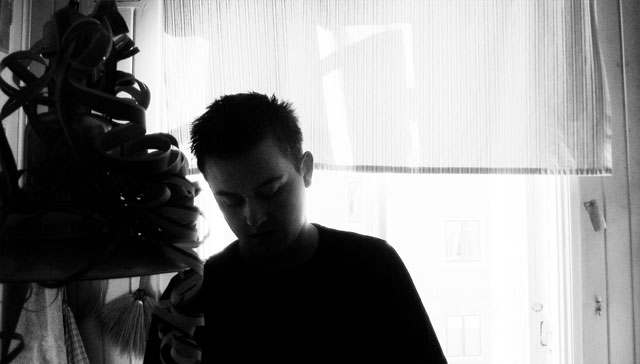Before deciding on A message to be found me and Olle discussed the point of the project back and forth a couple of times. The postcard idea was something that Olle had had lying about for a while, and we thought it’d fit under the wide ambition of breaking the Internet. Email and other information technologies are instantanious by nature — or at least try to be — so that’s the easiest way of thinking about online communications. If you force a delay, be it random or deterministic, the idea is that you’ll think differently about emailing.
You could make the analogy to how if you stumble across a bus that won’t depart until it’s full, it’ll gives you a different take on how transport can be organised. It’s a tall order when it comes to restructuring how we communicate everyday, especially when the change isn’t necessary or mandated by great outside forces. (E.g. spam filters, central censorship, pay-per-priority-email or exceptionally slow connections.)
Speaking of the big G, a while back I did The Uncontested Order of Things – A Slideshow Curated by Google which I guess falls under the heading of generative art. The point was to see what bias we could deduct from the image search function, in an attempt to discover what we take for granted, or rather what Google takes for granted about us, stuck in loop of confirmation bias. It touches upon the same issues as A message to be found, but from a different angle, since we’re looking at the technologically neutral phenomenon of instantanious communications, rather than a service provided by the dominating company.


I haven’t written much about the trip to Copenhagen, so I thought I’d at least tell you of one of the more interesting pieces there: Relax, I’m just going to fuck with your mind by Stine Kvam. Wearing a helmet with a screen mounted inside of it you saw the world through a camera mounted somewhere in front, and Stine guided you through a few exercises which grew more disconcerting as time went by.
I might have missed part of it because my Danish isn’t what it ought to be, but the whole participatory performance is about the disconnect between what you see through the camera and what you feel and hear inside the helmet. What you see on the screen and what you get to feel with your hands becomes disjointed, and since you no longer can trust your senses you’re forced to trust your untrustworthy guide; She is your only guide here, and at least metaphorically you’re at her mercy.
Once you catch on to what is happening it becomes a riddle. At least I went from “What is happening, and why?” to “What will she try next?” Something is lost in the transition from thoughtprovoking to rebus.
Reminded me slightly of Avatar Machine by Marc Owen where you’re not as much being fooled by someone else but rather messing with your own head, using the learned habits from computer games to change your self image in real time. I wonder how his third person perspective would work on someone who hasn’t played those kinds of games. Here’s another video with the artist, courtesy of Boingboing.net.